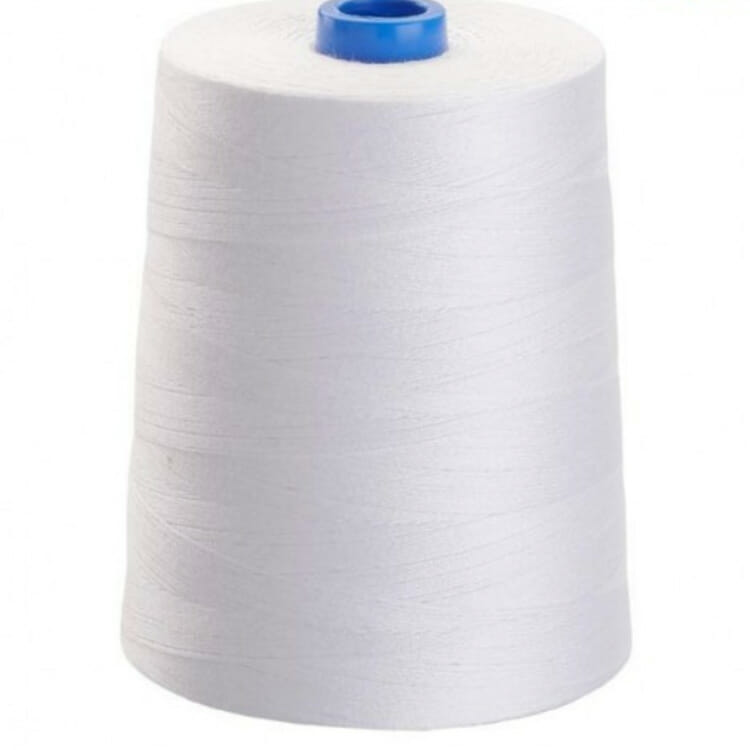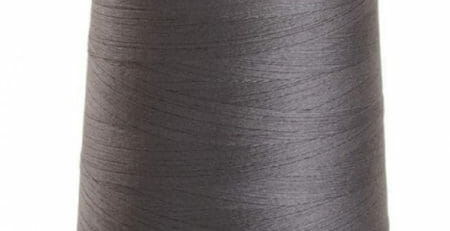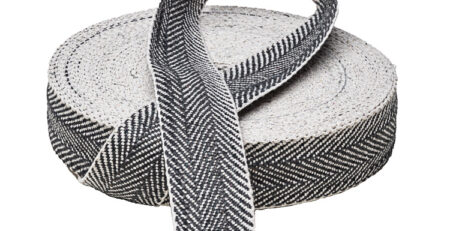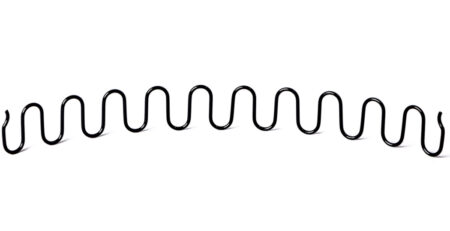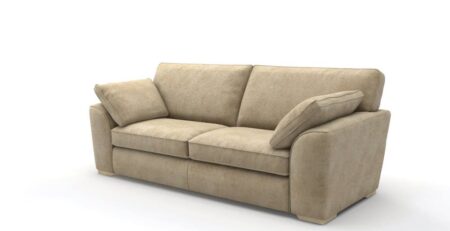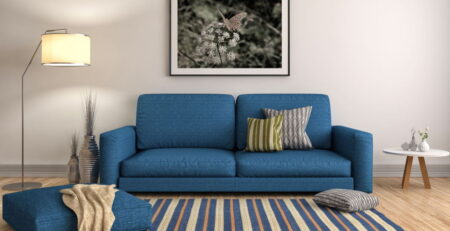Choosing the Right Upholstery Thread for Your
Choosing the Right Upholstery Thread for Your
When it comes to restoring furniture, one of the most important components that is frequently overlooked is upholstery thread. This is despite the fact that it is one of the most important pieces. This seemingly insignificant element performs a critical role in binding the fabric together, which in turn provides the upholstered furniture with strength, longevity, and aesthetic appeal. In this piece, we will delve into the world of upholstery thread, discussing its significance, the different varieties of upholstery thread, and the elements to take into consideration when selecting the appropriate upholstery thread for your project.
The Role of Upholstery Thread in the Home:
The use of upholstery thread is essential to the construction of every piece of upholstered furniture because it ensures that the fabric will not shift out of place. It serves the purpose of giving structural support, preventing the fabric from breaking or unravelling over time, and stitching together the various portions of the upholstery. Even the most magnificent fabric and the most precise craftsmanship would be ineffectual if it were not for high-quality upholstery thread.
Different kinds of upholstery thread include:
Polyester Thread: Due to its remarkable strength as well as resilience to moisture, chemicals, and sunshine, polyester thread is the most prevalent form of upholstery thread. Due to the fact that it has a high tensile strength, it is appropriate for use in upholstery projects that require a lot of strain. Because it comes in a wide range of weights, hues, and sheens, polyester thread opens up a practically infinite number of design options when used in upholstery.
Nylon Thread: An additional material that is frequently used for upholstery projects is nylon thread. It possesses exceptional tensile strength as well as resistance to abrasion and durability. Because it can resist repeated stretching without becoming damaged, nylon thread is an excellent choice for upholstery work that requires both flexibility and elasticity. In addition to this, it is resistant to mildew and decay, which makes it an excellent option for the upholstery of outdoor furniture.
Cotton Thread Upholstered furniture can benefit from the use of cotton thread, which is a natural choice that gives upholstered pieces a softer and more classic appearance. Cotton thread has great sewing capabilities, which make it appropriate for use with delicate and lightweight textiles despite the fact that it does not contain the same level of strength as polyester or nylon. Cotton thread is susceptible to deterioration over time when exposed to sunshine or dampness, which is why it is recommended that it be utilised for tasks involving furniture that will be kept inside.
When Choosing Upholstery Thread, Some Important Considerations Include the Following:
The strength of the thread is an extremely important consideration, particularly for upholstery projects that include heavy-duty support for pieces of furniture that are subjected to heavy-duty use. Make sure the thread you chose is durable enough to withstand the tension that will be imposed on the fabric from regular use.
The durability of upholstered furniture is called into question by the fact that it is constantly subjected to wear and strain. As a result, the thread that is used should possess exceptionally high levels of durability so that it can endure these difficulties. When looking for a material to use for upholstery that will last a long time and be durable, it is important to find one that is resistant to abrasion, chemicals, moisture, and sunlight.
Colour and Aesthetics: There is a huge selection of colours available for upholstery thread to choose from. Think about the overall look you want to achieve with your upholstered furniture, and select a thread colour that either matches or contrasts with the colour of the fabric. This will provide a result that is pleasing to the eye. The selection of the appropriate thread colour can provide a one-of-a-kind quality, so improving the piece’s aesthetic value as a whole.
When it comes to choosing the appropriate thread, different types of materials have varying and specialised requirements. For instance, heavier textiles such as leather or vinyl would call for a thread that is both more durable and tougher in order to guarantee a secure and long-lasting binding. On the other hand, delicate textiles could require threads that are more delicate and lightweight in order to prevent noticeable stitch marks.
Concluding remarks:
When appreciating a piece of furniture, upholstery thread might not be the first thing that comes to mind, but it is undeniably an essential component of both the overall design and the endurance of the piece. It doesn’t matter if you’re reupholstering an old worn-out chair, restoring an antique sofa, or developing a one-of-a-kind piece: selecting the appropriate upholstery thread is essential to assuring the piece’s strength, lifespan, and aesthetic appeal.
When selecting your choice, it is important to think about things like the strength of the thread, how long it will last, the colour, and how well it will go with the cloth. You may rest assured that a good upholstery job that survives the test of time will be produced by properly considering these aspects, regardless of which thread material you choose to use—either polyester, nylon, or cotton. Remember to give upholstery thread the attention and appreciation it deserves the next time you go on a journey to restore furniture. This is because upholstery thread is truly the unsung hero of the furniture restoration industry.


